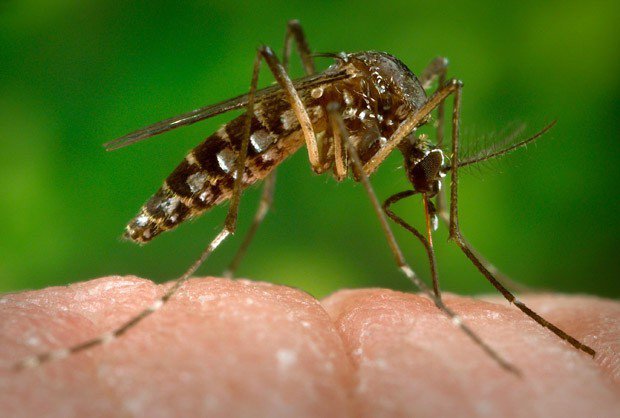Costa Rica News – The Zika virus has already had cases in Costa Rica, but other long term effects might be a side effect of this virus. The children of those being born from infected mothers.
 The first indications of a connection between Zika virus and the current outbreak of microcephaly in Brazil were picked up by the HealthMap system in Portuguese alerts on November 23rd 2015. By Saturday, November 28th, the Ministry of Health in Brazil confirmed the connection – that the increase in infants born with microcephaly could be contributed to transmission of the Zika virus in pregnant women.
The first indications of a connection between Zika virus and the current outbreak of microcephaly in Brazil were picked up by the HealthMap system in Portuguese alerts on November 23rd 2015. By Saturday, November 28th, the Ministry of Health in Brazil confirmed the connection – that the increase in infants born with microcephaly could be contributed to transmission of the Zika virus in pregnant women.
The link was first detected when Brazilian health authorities found traces of the Zika virus in a deceased infant born with microcephaly [1].
What is Microcephaly?
Microcephaly is a congenital condition where a child is born with a smaller-than-normal sized head and impaired brain development. There is no treatment for microcephaly, but early intervention could improve the infant’s development and quality of life [3]. So far in 2015, there has been a total of 739 suspected cases of microcephaly detected in Brazil. This is a significant uptick when compared to the 147 cases of microcephaly reported in Brazil in 2014.
This week, Brazil’s Ministry of Health announced that the rise in infants born with microcephaly is due to the recent outbreak of Zika virus in Brazil. It is reported that the Zika virus, which is transmitted by the Aedes aegypti mosquito (the vector that also carries dengue and chikungunya), has been detected in 18 of the 26 states in Brazil.
The World Health Organization reports cases of microcephaly in the following states of Brazil, as of 21 November 2015:
Pernambuco – 487 cases
Paraíba – 96 cases
Sergipe – 54 cases
Rio Grande do Norte – 47 cases
Piauí – 27 cases
Alagoas – 10 cases
Ceará – 9 cases
Bahia – 8 cases
Goiás – 1 case
One fatal case was reported in the state of Rio Grande do Norte [2].
Of these cases of microcephaly being investigated by the Ministry of Health in Brazil, it has yet to be determined how many can be linked to the mothers’ transmission of the Zika virus during pregnancy.
On the recent connection between the Zika virus and infants born with microcephaly, Dr. Derek MacFadden, resident MD at HealthMap says, “Microcephaly can definitely occur in conjunction with vertically transmitted (congenital) infections. The most common would be cytomegalovirus, herpes simplex virus, Rubella, Toxoplasmosis, and varicella” However, Dr. MacFadden went on to explain the novelty of the situation unfolding in Brazil: “Flaviviruses (which Zika belongs to, along with dengue, yellow fever, west nile virus) aren’t the usual culprits one thinks of as causing these congeni7tal syndromes. But, we haven’t seen this much Zika before. So this could be a manifestation.”
Next Steps and Response
The Ministry of Health in Brazil and others across South America and Central America, where an increased presence of Zika virus has been observed over the last year, will need to watch closely for the full impact of Zika virus transmission and microcephaly. With the recent link between zika virus and microcephaly, the Ministry of Health in Brazil is publicizing these recent findings, to warn the public of the dangers associated with Zika virus. The Ministry of Health is additionally working to strengthen vector control measures, in accordance with the National Guidelines of the National Program for Dengue Control. Because the mosquito that transmits the zika virus also spreads the dengue and chikungunya viruses, disease prevention and vector control burden are already in place.
by Kara Sewalk & Colleen Nguyen, From Health Map, Edited by Dan Stevens

